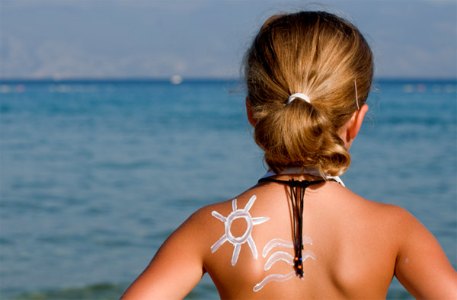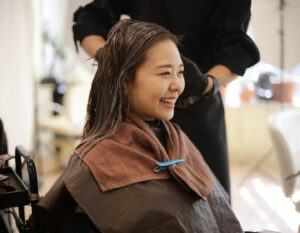

Living in this part of the world, we’re all probably more aware than most people about the damaging effects of the sun. While you’re probably doing a great job of making sure the kids are covered up in sun hats, sun shirts, and covered head to toe in sunblock, the Environmental Working Group’s 5th annual guide to safe and effective sunscreens is out and is one you don’t want to miss. Why? Well, for one thing, only about 1 of every 5 sunscreens passes the test.
This annual guide to safe and effective sunscreens features ratings for more than 292 brands and 1,700 sunscreens and SPF lip balms, moisturizers and makeups. The sad truth is that your favorite brand may not be all it’s advertised to be. Before you buy a bottle, check out this list of the top-rated sunscreens. And don’t miss the Hall of Shame here.
Here’s a quick look at what you need to know before you slather up the kids and some of the report’s red flags. You can check out the full report here.
–Only one in five sunscreens earns high marks for safety and efficacy.
-Poor UV protection: Three of five U.S. sunscreens wouldn’t be acceptable by European UVA standards and of more than 500 beach and sport sunscreens with SPF ratings of 30 and higher finds that more than 300 of them, about 60 percent, provide inadequate UVA protection.
-Risky Vitamin A Additives: Many sunscreen makers still use a form of vitamin A, called retinyl palmitate, ignoring recent scientific research by the FDA in the US indicating the chemical may be photocarcinogenic – that it is that is may heighten skin cancer risk when used on sun-exposed skin.
 View All
View All











 View All
View All





 View All
View All


 View All
View All













